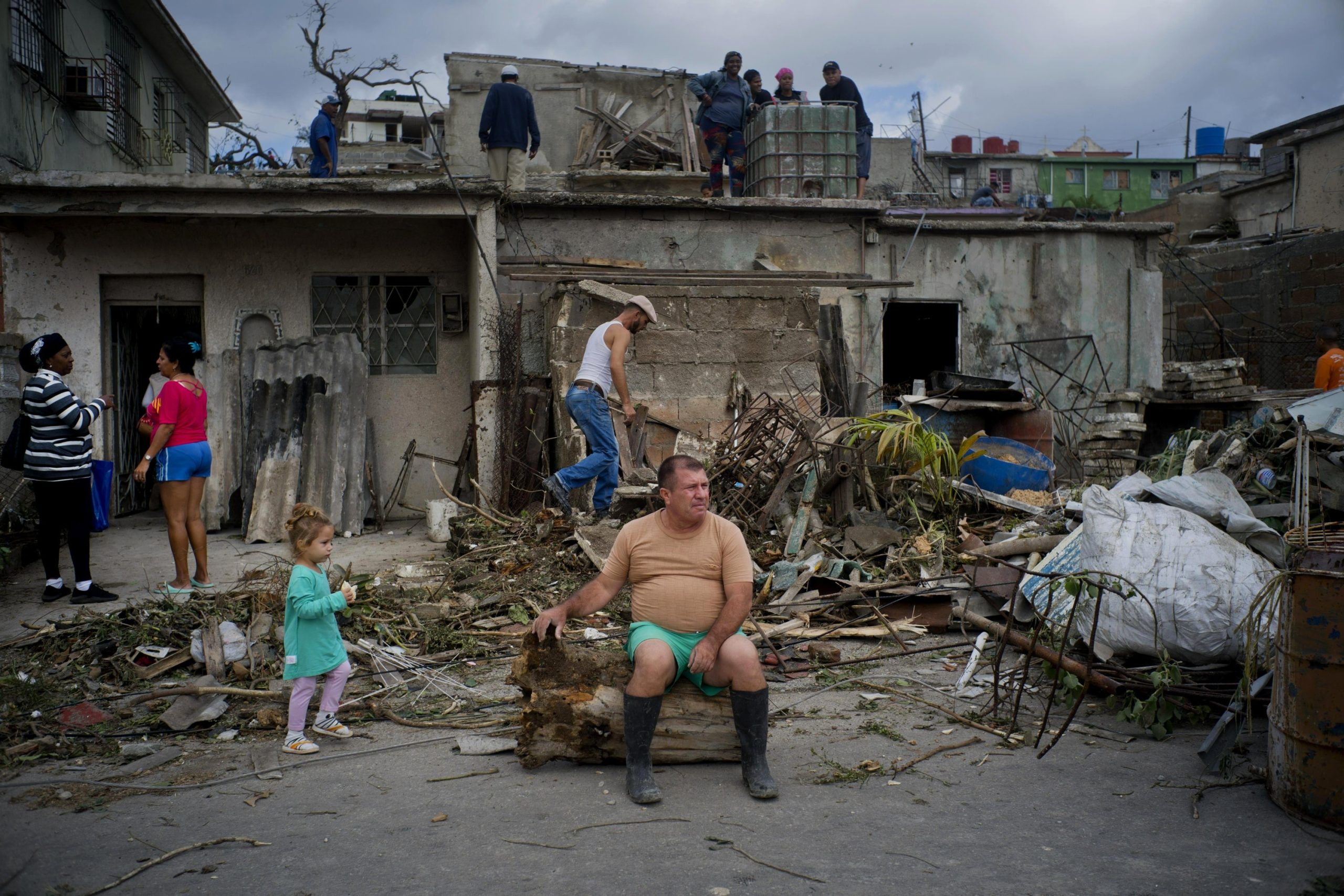Have you ever wondered what the strongest tornado on record is? Tornadoes are one of the most destructive natural phenomena on Earth, capable of inflicting widespread damage and causing loss of life. In this article, we will explore the characteristics of the strongest tornadoes ever recorded and delve into the science behind these powerful storms.
While tornadoes can vary in intensity, the strongest tornadoes are often classified as EF-5 on the Enhanced Fujita scale. These tornadoes have wind speeds exceeding 200 miles per hour and are capable of leveling well-built houses and even lifting cars off the ground. So, what makes these tornadoes so powerful? Let’s find out.
The Anatomy of a Tornado
Tornadoes are characterized by a violently rotating column of air that extends from a thunderstorm cloud known as a supercell. These supercells are characterized by a persistent rotating updraft, which provides the necessary ingredients for tornado formation.
The Role of Wind Shear
Wind shear, or the change in wind speed and direction with height, is a crucial factor in tornado development. When there is a significant change in wind speed and/or direction with height, it creates a horizontal spinning effect near the ground. This horizontal rotation is known as a mesocyclone and serves as the precursor to tornado formation.
Once the mesocyclone is established, a powerful updraft within the supercell thunderstorm tilts the rotating air vertically. This vertical rotation causes a funnel cloud to form, which may or may not reach the ground. If the funnel cloud does touch down, it becomes a tornado.
The Role of Instability and Moisture
In addition to wind shear, instability and moisture in the lower atmosphere play crucial roles in tornado formation. Instability refers to the presence of warm, moist air near the surface overlaid by cooler, drier air aloft. This vertical temperature and moisture gradient create an environment ripe for thunderstorm development.
The warm, moist air near the surface rises rapidly due to the instability, fueling the development of intense updrafts. These updrafts provide the necessary energy and momentum for tornadoes to form and intensify.
The Strongest Tornado on Record
One of the most iconic and devastating tornadoes in history is the Tri-State Tornado of 1925. This tornado holds the record as the deadliest tornado in U.S. history, with a path of destruction spanning 219 miles across parts of Missouri, Illinois, and Indiana.
The Tri-State Tornado, which reached an estimated EF-5 intensity, caused massive destruction and claimed the lives of 695 people. The twister’s incredible strength was evidenced by the complete obliteration of entire towns and the stripping of bark from trees.
While the Tri-State Tornado is one of the most powerful tornadoes on record, it is difficult to determine the absolute strongest tornado with precision. This is due to the lack of comprehensive historical data and variations in measurement techniques in different regions.
Modern Technologies and Tornado Tracking
In recent years, advancements in technology have revolutionized tornado tracking and detection. Doppler radar, for example, allows meteorologists to detect the rotation within a thunderstorm, providing vital information about potential tornado formation.
Additionally, storm chasers equipped with specialized instruments and cameras brave the elements to capture valuable data and footage of tornadoes. These brave individuals contribute to our understanding of tornado behavior and help researchers develop improved forecasting and warning systems.
The Enhanced Fujita Scale
The Enhanced Fujita scale (EF scale) is a system used to classify tornado intensity based on observed damage. This scale ranges from EF-0 to EF-5, with EF-5 tornadoes being the most destructive and exhibiting winds exceeding 200 miles per hour.
The EF scale takes into account various factors, including the type of structures affected and the degree of damage observed. This allows meteorologists and researchers to categorize tornadoes based on their strength and assess their impact on communities.
Frequently Asked Questions
Q: Which state is most prone to tornadoes in the United States?
Tornadoes can occur in any state, but some regions of the United States are more prone to tornado activity than others. The central part of the country, often referred to as Tornado Alley, experiences more tornadoes than any other region. States such as Texas, Kansas, Oklahoma, and Nebraska are particularly vulnerable.
Q: Can tornadoes occur outside of the United States?
Yes, tornadoes can occur worldwide. While the United States experiences the highest number of tornadoes each year, other countries such as Canada, Argentina, and Bangladesh also experience significant tornado activity.
Q: Are tornadoes more common during a specific season?
Tornadoes can occur at any time of the year, but they are most common during the spring and summer months. This is because warm, moist air from the Gulf of Mexico interacts with colder air masses, creating the ideal conditions for tornado formation.
Final Thoughts
Tornadoes are awe-inspiring yet terrifying natural phenomena. The strong destructive power of these storms serves as a reminder of nature’s remarkable forces. While tornadoes remain a challenging phenomenon to fully understand and predict, continued scientific research and technological advancements are helping us better prepare for and mitigate the impact of these devastating events.
Whether it’s through improved warning systems or advances in tornado research, our understanding of tornadoes continues to evolve. By staying informed, being prepared, and following the guidance of local authorities during severe weather events, we can help keep ourselves and our communities safe from the fury of these powerful storms. Stay safe, and may your skies always stay clear of tornadoes!
